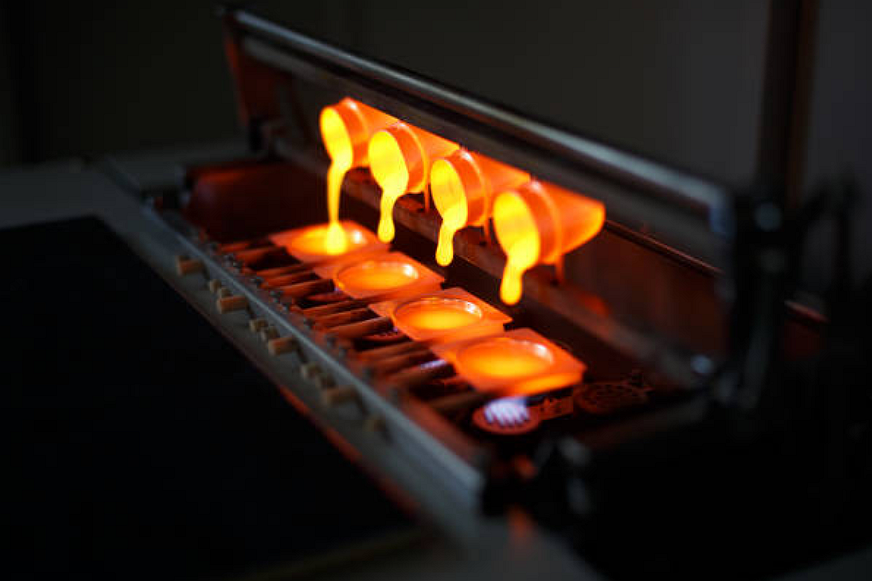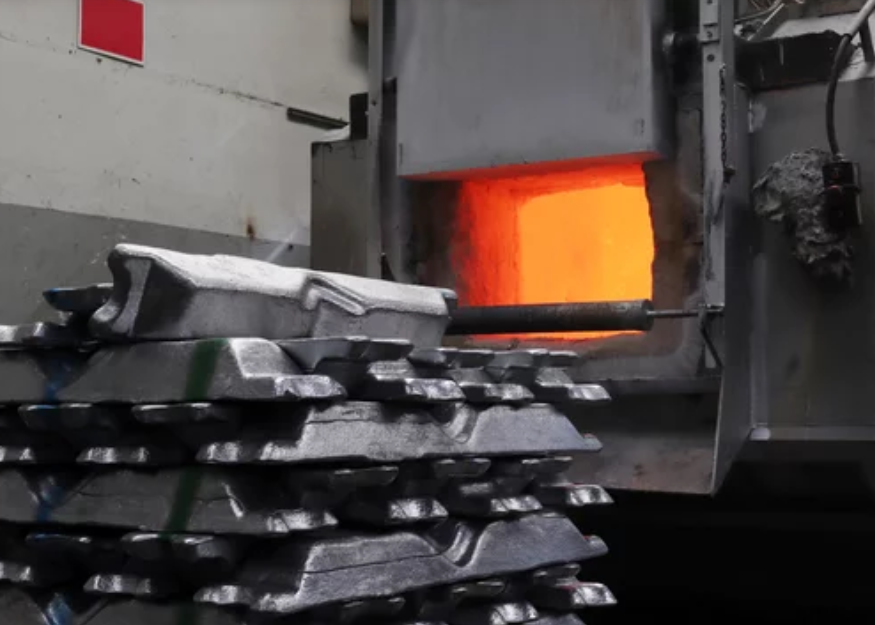What is investment casting, and why is it preferred for precision manufacturing?
Understanding Investment Casting
Investment casting, also known as lost-wax casting, is a high-precision manufacturing process used to produce complex metal components with excellent dimensional accuracy and fine surface finishes. The process involves creating a wax pattern coated with ceramic slurry to form a mold. Once the wax is melted out, molten metal—such as carbon steel, nickel-based alloy, or cast titanium—is poured into the cavity to form the final part. This technique enables intricate geometries that are difficult or impossible to achieve with traditional machining or sand casting.
Advantages of Investment Casting in Precision Manufacturing
1. Exceptional Dimensional Accuracy Investment casting can achieve tolerances as tight as ±0.1 mm, minimizing the need for post-machining. This precision makes it ideal for producing aerospace turbine blades, medical device components, and automotive parts requiring consistent repeatability.
2. Superior Surface Finish: Unlike gravity casting or die casting, investment casting produces smooth, detailed surfaces with minimal tooling marks. This reduces finishing time and enables direct use of parts in consumer electronics, energy systems, and precision mechanical assemblies.
3. Complex Geometry and Material Versatility Investment casting supports intricate designs, including thin walls, undercuts, and fine features that are hard to machine. It is compatible with a wide range of alloys, such as copper alloy, cast stainless steel, and magnesium alloy, allowing engineers to select materials that balance strength, corrosion resistance, and weight.
4. Material and Cost Efficiency Because investment casting forms near-net shapes, material waste is significantly reduced compared with CNC machining prototyping. Tooling and mold reuse also lower long-term production costs for medium- to high-volume manufacturing.
5. Consistency and Scalability The process ensures repeatable accuracy across batches, which is vital for aerospace and energy sectors. Its scalability allows manufacturers to move seamlessly from prototype to mass production while maintaining stringent quality standards.
Integration with Modern Surface Treatments
Investment cast parts are often enhanced with post-process finishes such as anodizing, PVD coating, or electropolishing to improve corrosion resistance and performance. Combining precision casting with advanced finishing ensures superior mechanical integrity and visual quality for high-end applications.



